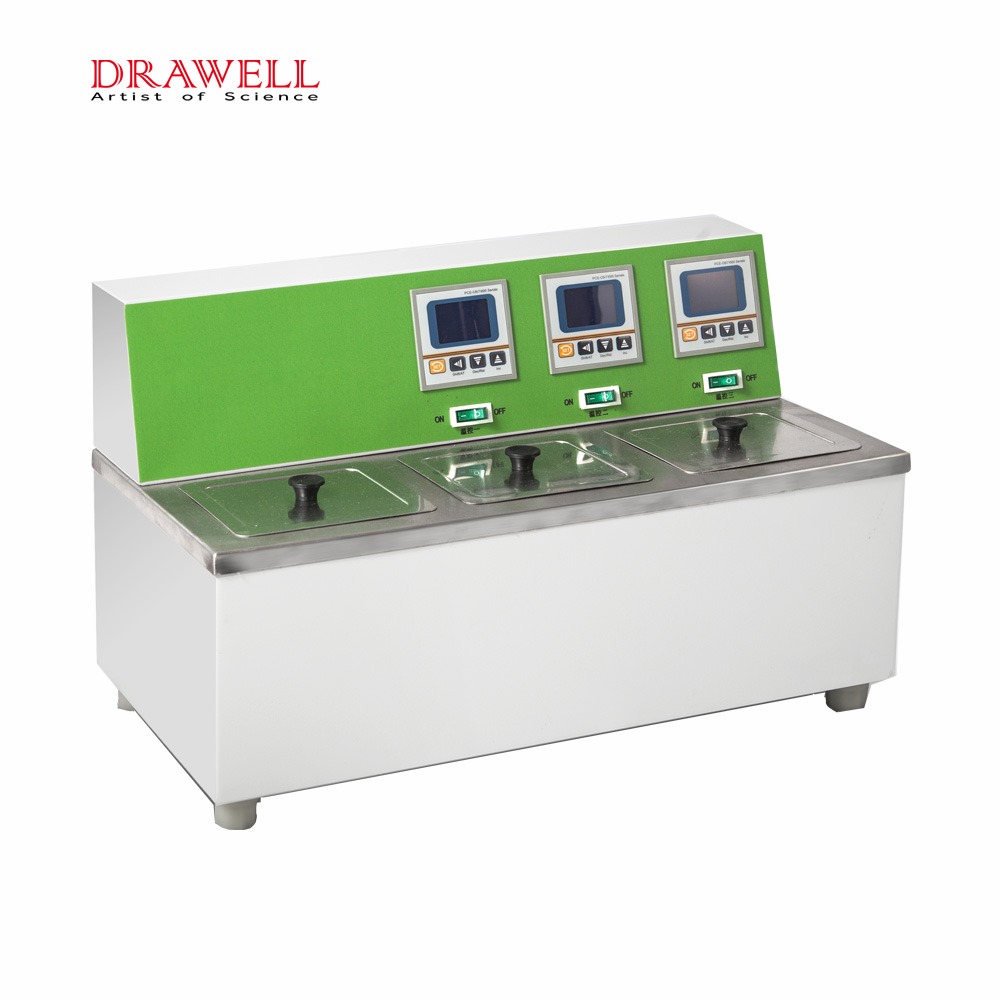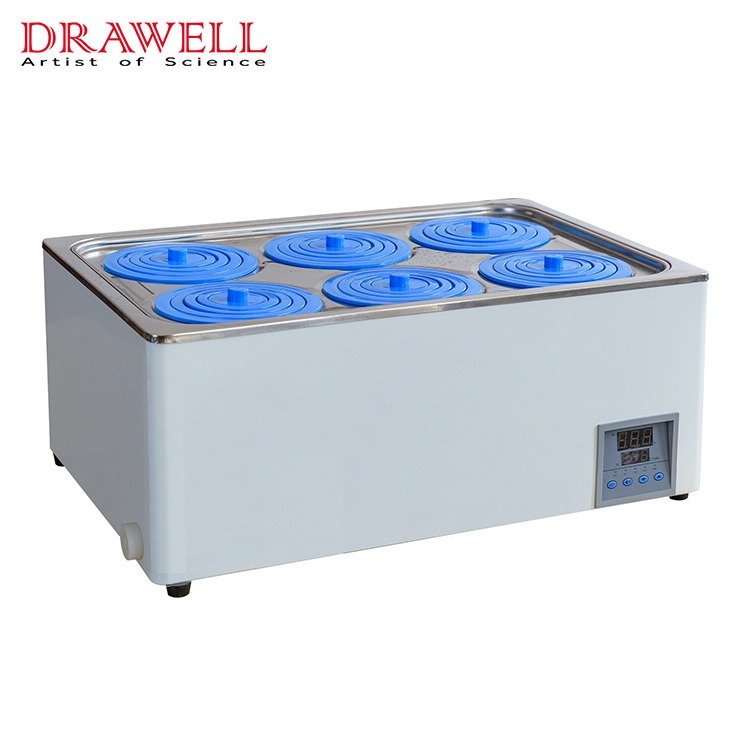Selecting the right thermostatic water bath for your laboratory or industrial application is crucial for achieving accurate and consistent temperature control. Whether you’re conducting routine laboratory tasks or specialized experiments, the suitable thermostatic water bath can enhance your workflow efficiency and the reliability of your results.

What are Thermostatic Water Bath
A thermostatic water bath is a laboratory device used to maintain a stable and precise temperature environment for various scientific and industrial processes. It uses water as the heating medium, ensuring uniform heat distribution to the samples placed within. These water baths are commonly used for tasks like incubating samples, warming reagents, or performing chemical reactions, where consistent temperature control is essential. Available in various types, including general-purpose, circulating, and refrigerated, thermostatic water baths are essential tools for ensuring accurate and repeatable results in temperature-sensitive applications.
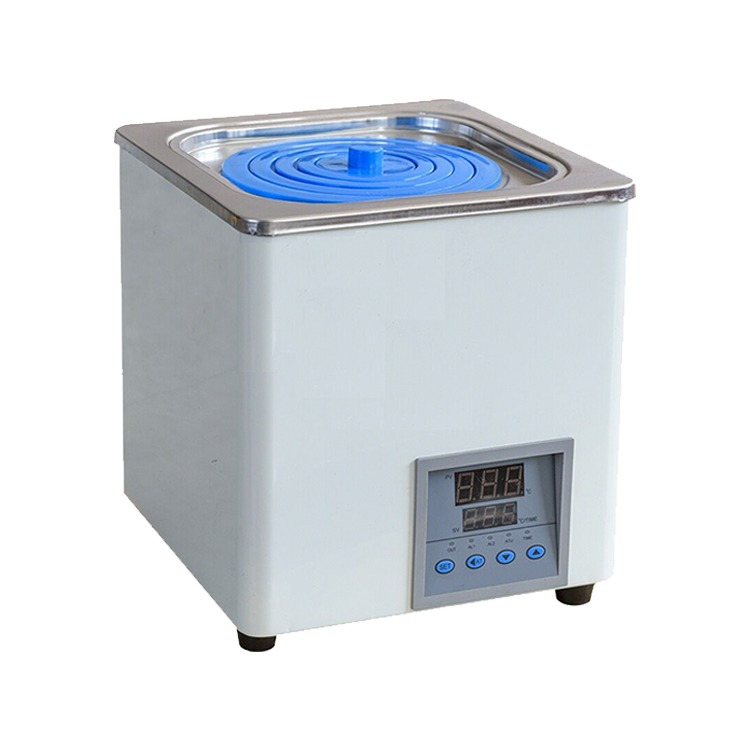
HH-Series Electric Constant Temperature Water Bath
Common Types of Thermostatic Water Bath
This chart outlines the different types of thermostatic water baths, providing a quick reference to their key features.
| Type | Description |
| General-Purpose Water Bath | Standard water bath for routine laboratory tasks with a typical temperature range up to 100°C. |
| Circulating Water Bath | Features a pump that circulates water, ensuring uniform temperature distribution throughout the bath. |
| Shaking Water Bath | Combines temperature control with a shaking mechanism, ideal for applications requiring agitation. |
| Refrigerated Water Bath | Includes cooling capabilities, allowing for temperatures below ambient, often down to -20°C or lower. |
| Digital Water Bath | Offers precise temperature control with digital displays and programmable settings for accuracy. |
| Analog Water Bath | Uses manual controls, typically more affordable but less precise than digital models. |
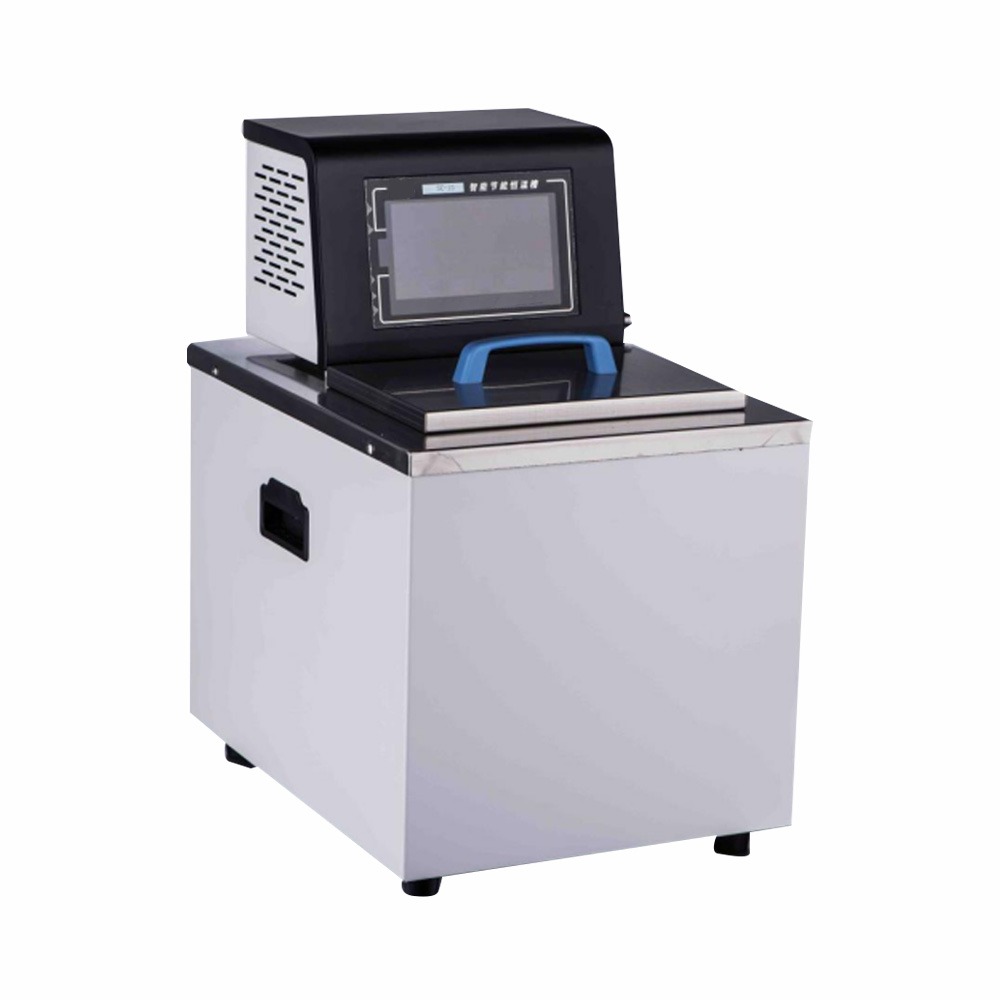
A Guide to Choosing the Right Thermostatic Water Bath
1. Assess Your Application Needs
The first step in selecting a thermostatic water bath is understanding your specific application requirements:
- Temperature Range: Determine the temperature range your experiments or processes require. Standard water baths typically offer ranges from ambient temperature to 100°C, but some applications might need higher temperatures, up to 300°C, or lower, requiring a refrigerated water bath.
- Temperature Stability and Uniformity: Precision is key in many applications. Choose a water bath with high temperature stability (±0.1°C or better) and uniformity to ensure consistent conditions across all samples.
- Capacity: Consider the volume of samples you’ll be working with. Water baths come in various sizes, from compact models for small sample sets to larger units that can handle multiple beakers, flasks, or test tubes.
2. Consider the Type of Thermostatic Water Bath
Thermostatic water baths come in different types, each suited to specific applications.
- General-Purpose Water Baths: Ideal for routine laboratory tasks, such as warming reagents, melting substrates, or incubating cell cultures. They are versatile and typically have a temperature range of ambient to 100°C.
- Circulating Water Baths: These baths have built-in pumps that circulate the water, ensuring uniform temperature throughout the bath. They are perfect for applications that require precise temperature control and uniformity, such as enzyme reactions or viscosity measurements.
- Shaking Water Baths: These combine temperature control with shaking or stirring capabilities, making them ideal for applications like cell culture incubation, solubility studies, or washing processes.
- Refrigerated Water Baths: If your application involves working at sub-ambient temperatures, a refrigerated water bath is necessary. These units can cool samples to temperatures below room temperature, often down to -20°C or lower.
- Digital vs. Analog Controls: Digital water baths offer more precise temperature control and often come with additional features like programmable settings, alarms, and data logging. Analog models may be more cost-effective but offer less precision.
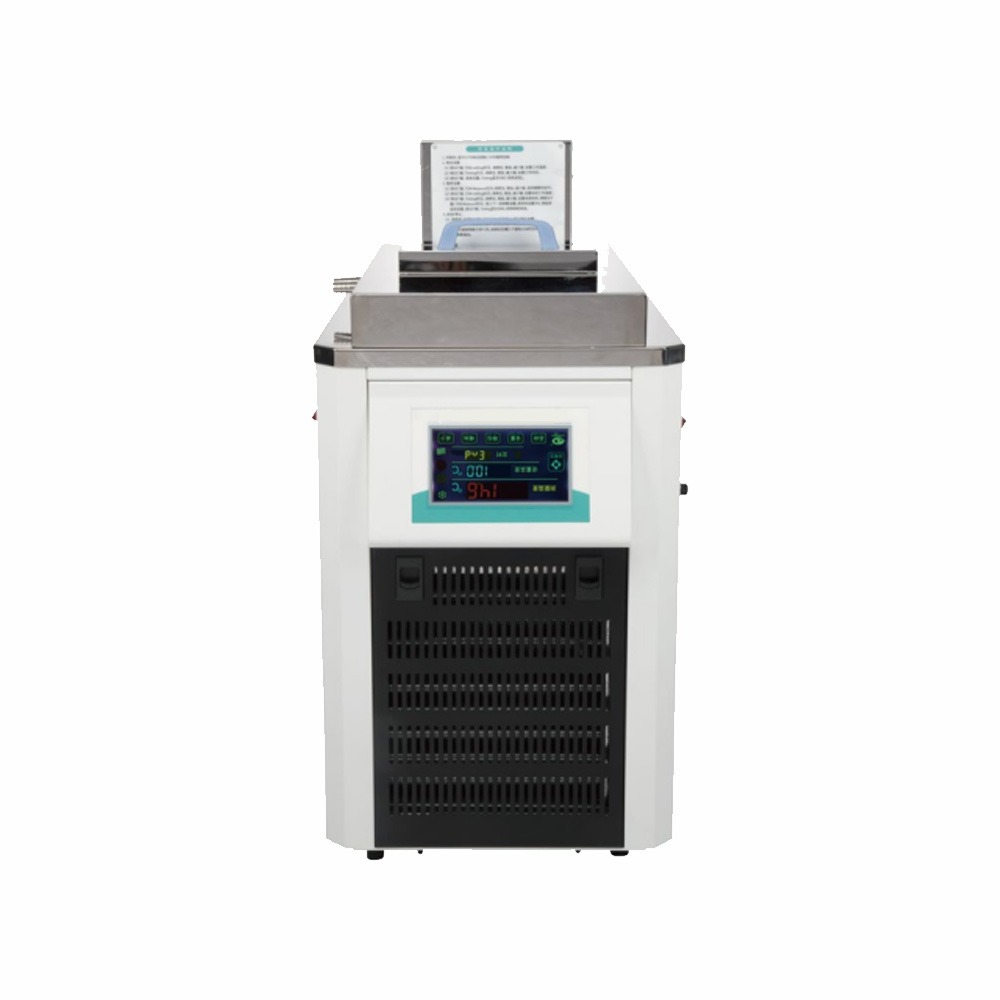
3. Evaluate Build Quality and Durability
The construction of the water bath is a critical factor.
- Material: Opt for stainless steel or other corrosion-resistant materials, especially if you’re working with chemicals that could corrode less durable materials.
- Insulation: Good insulation is vital for maintaining temperature stability and reducing energy consumption. Ensure the water bath is well-insulated to prevent heat loss.
- Ease of Cleaning: A water bath that’s easy to clean, with features like removable pans and drains, will save you time and ensure contamination-free operations, which is particularly important in sensitive applications.
4. Consider Safety Features
Safety should always be a priority in laboratory settings.
- Over-temperature Protection: This feature automatically shuts off the heating element if the water bath exceeds a set temperature, preventing overheating and potential damage.
- Low Liquid Level Protection: Protects the heating element by shutting off the system if the water level is too low, reducing the risk of equipment damage and accidents.
- User-friendly Interface: A clear and intuitive interface reduces the likelihood of user error, ensuring safe and accurate operation.
5. Energy Efficiency and Sustainability
Energy-efficient water baths not only save on operating costs but also align with sustainability goals.
- Efficient Heating Elements: Look for models that use energy-efficient heating technologies to reduce power consumption.
- Insulation Quality: Good insulation reduces heat loss, making the bath more energy-efficient.
- Programmable Features: Baths with timers and automatic shut-off features can further reduce energy usage when the equipment is not in active use.
6. Budget and Manufacturer Reliability
Finally, balance your budget with the need for a reliable, long-lasting water bath.
- Cost vs. Features: While it’s tempting to choose a lower-cost option, consider the long-term benefits of investing in a high-quality water bath from a reputable manufacturer. The reduced maintenance costs and longer lifespan often justify the higher initial investment.
- Brand Reputation: Choose a brand known for reliability and strong customer support. Look for reviews, warranties, and service options that provide peace of mind.
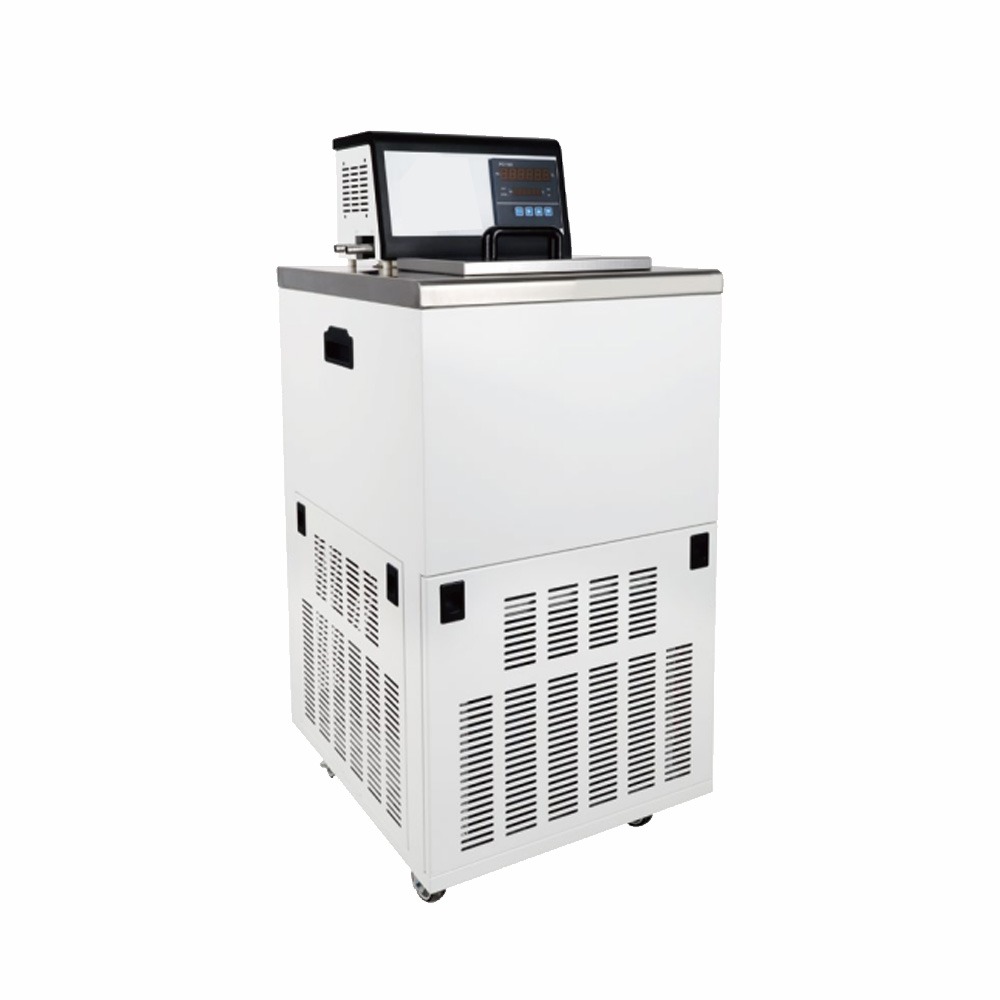
Thermostatic water baths supplied by Drawell, are designed to provide precise and consistent temperature control, making them ideal for laboratory applications. With a focus on durability, user-friendly features, and advanced technology, Drawell lab water baths ensure accurate results and long-lasting performance. Whether you need a general-purpose, circulating, or refrigerated water bath, Drawell offers solutions that meet the stringent demands of modern laboratories.
In summary, Choosing the right thermostatic water bath involves a detailed assessment of your application needs, the specific features of different water bath types, and the quality and safety standards of the equipment. Through carefully considering these factors, you can select a water bath that not only meets your current requirements but also offers reliability and efficiency for future projects.


